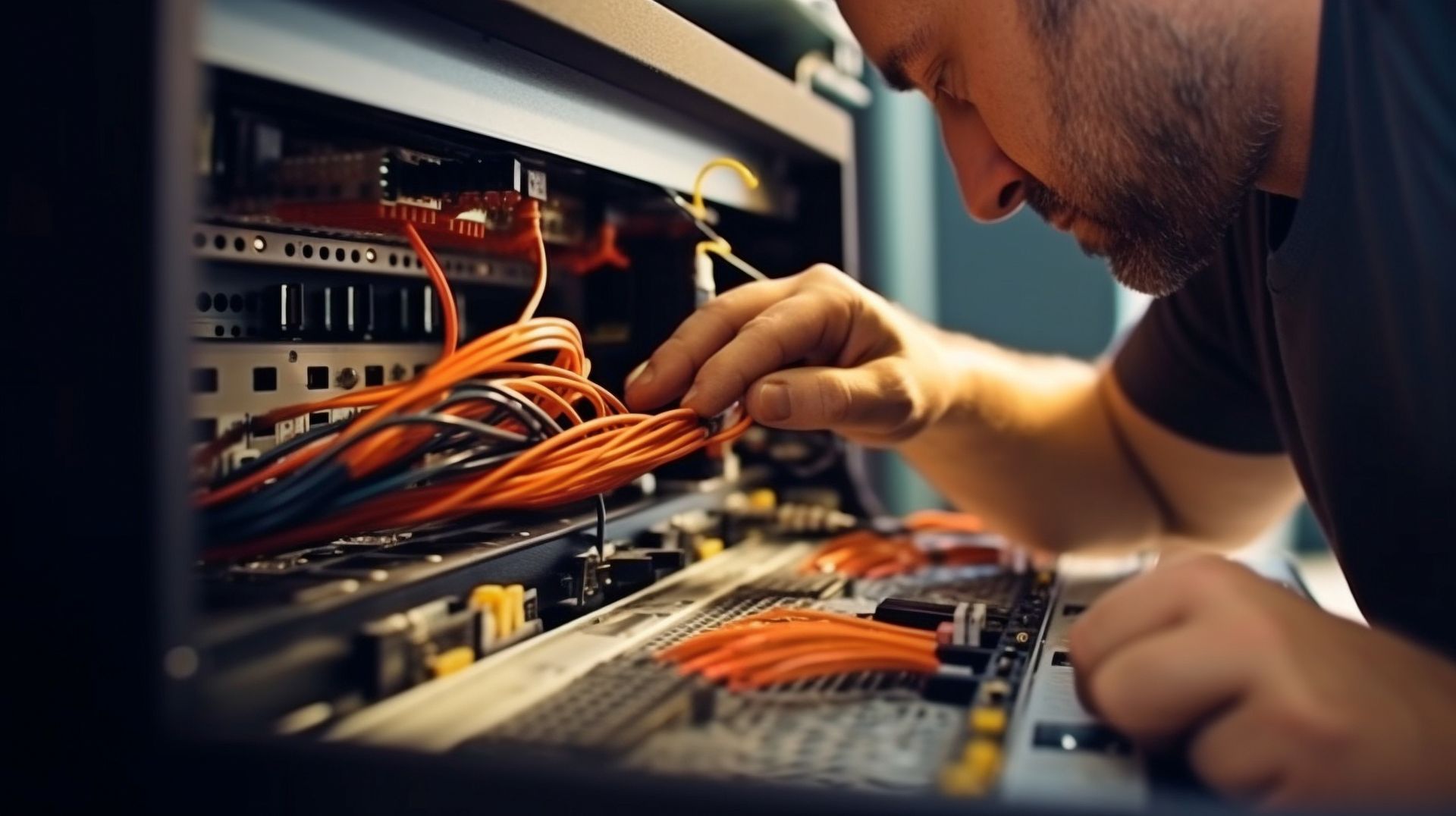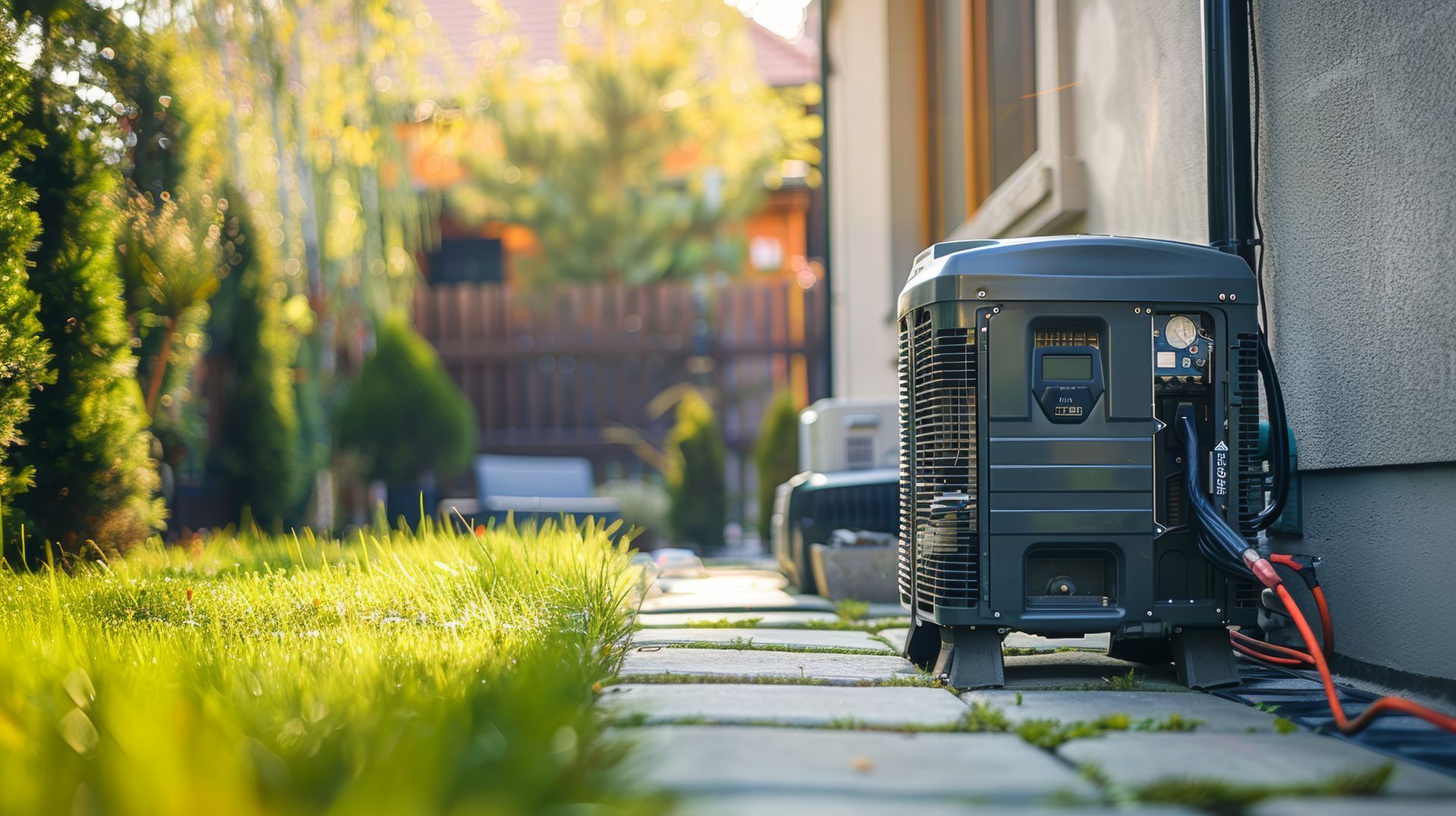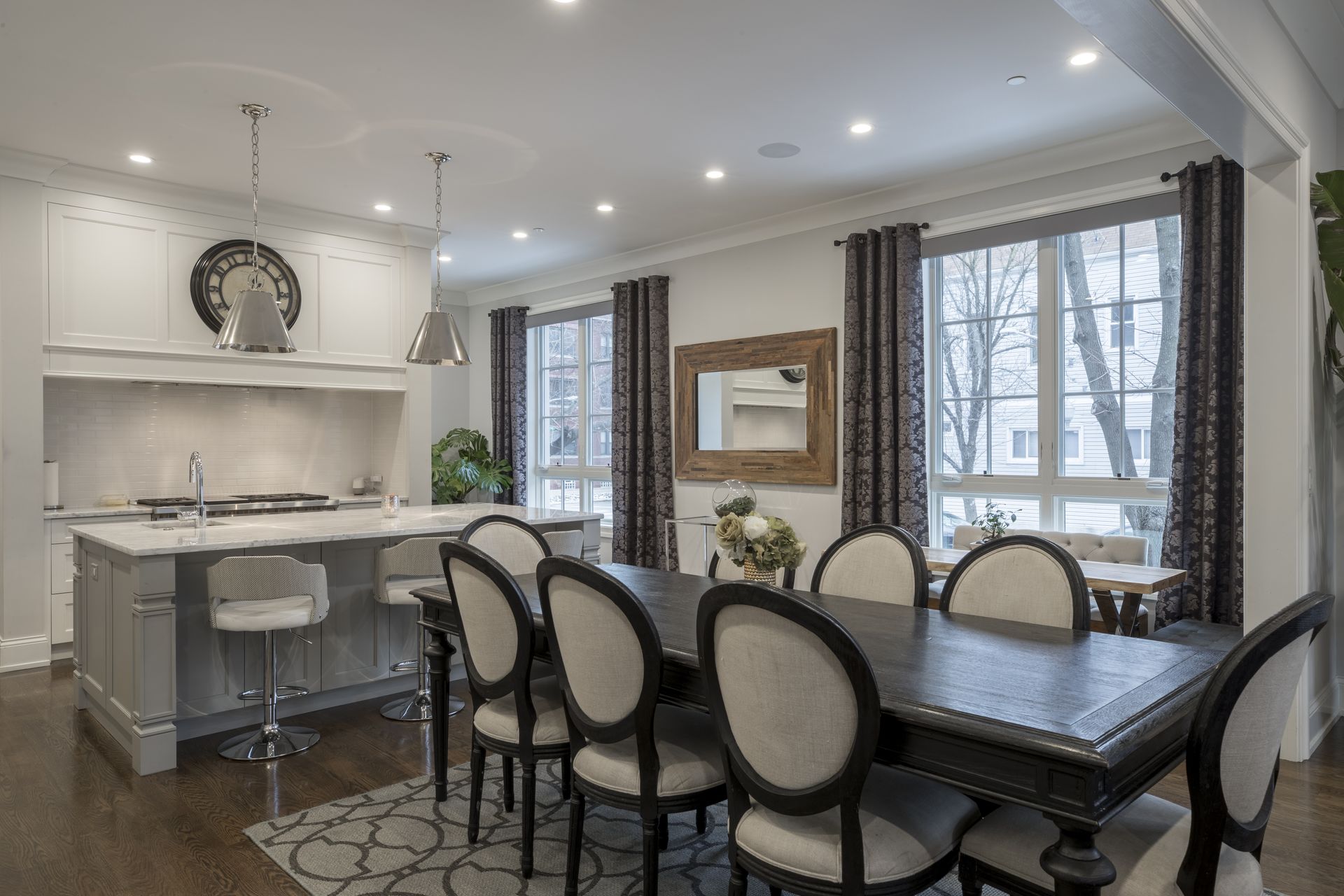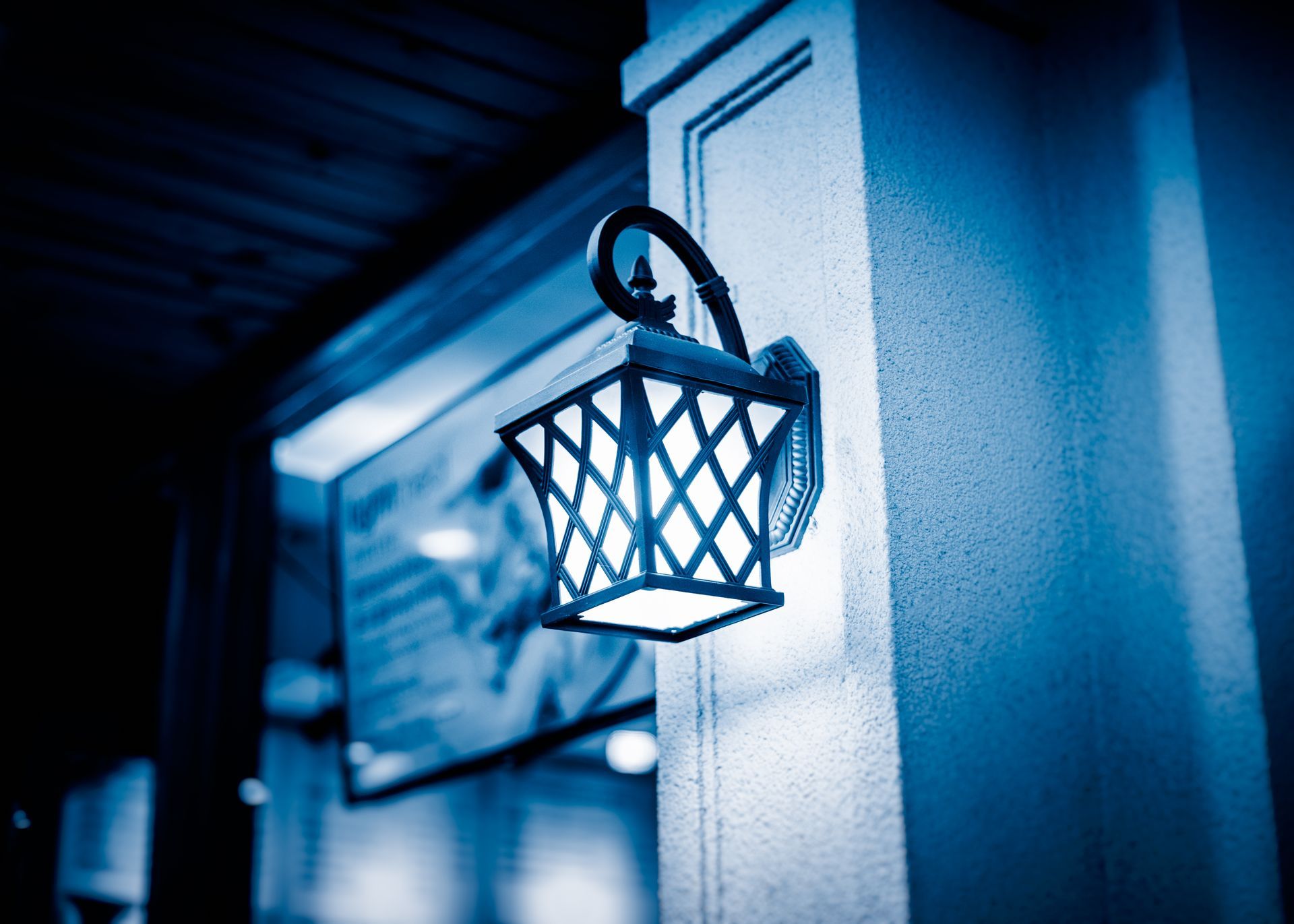mark@roanokevaelectrician.com
Embracing Energy Efficiency: How Smart Home Technology Can Save You Money
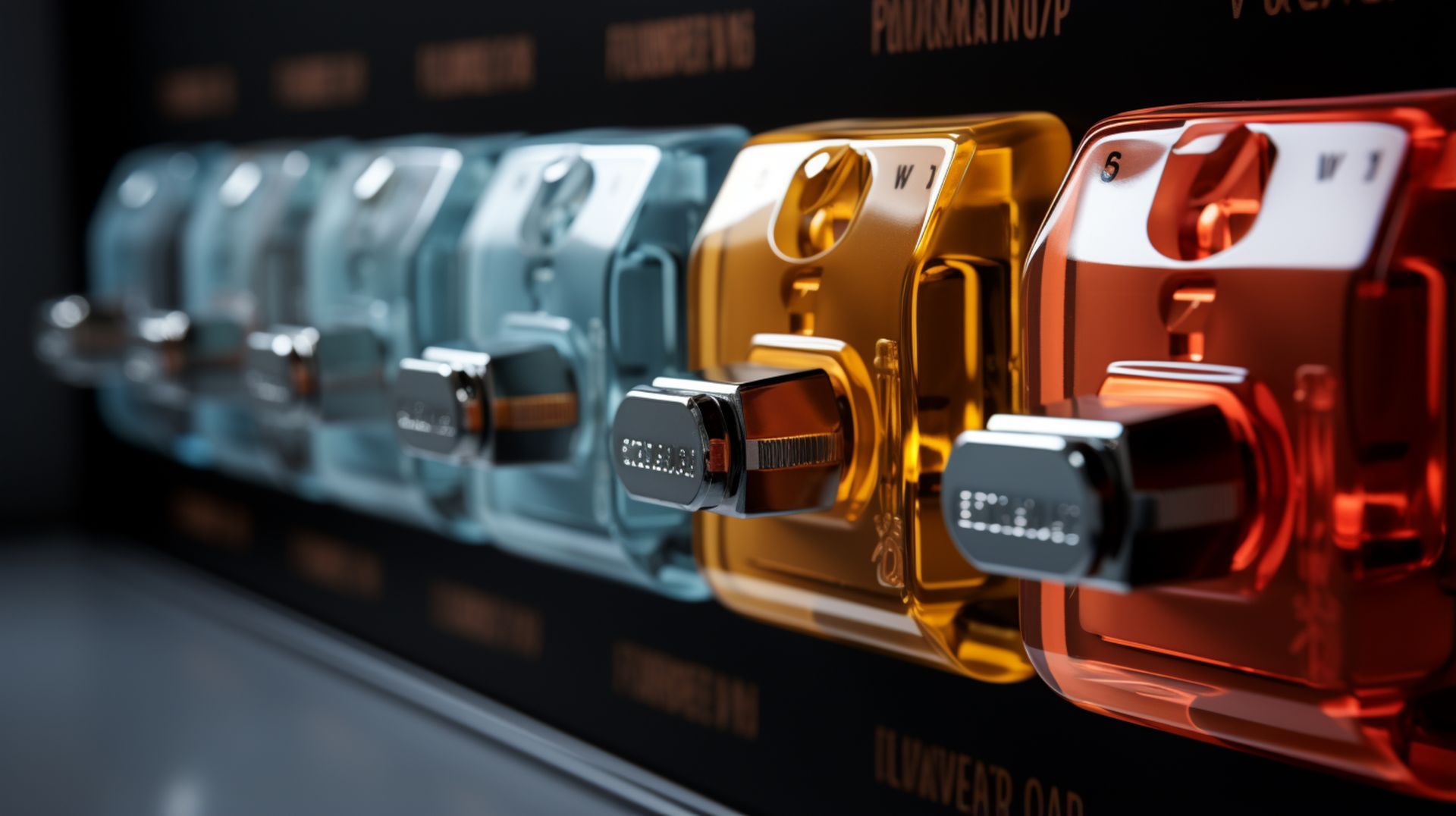
In today’s world, energy efficiency is more important than ever. Not only does it help reduce your carbon footprint, but it can also lead to significant savings on your utility bills. At Stetson and Sons Electrical of Roanoke, we are committed to helping our customers embrace energy-efficient solutions. In this blog post, we’ll explore how smart home technology can enhance energy efficiency in your home and provide tips for getting started.
1. Understanding Smart Home Technology
Smart home technology refers to devices and systems that connect to the internet and can be controlled remotely via smartphones, tablets, or voice commands. These technologies allow homeowners to monitor and manage their energy usage more effectively, leading to increased efficiency and savings.
2. Benefits of Smart Home Technology for Energy Efficiency
- Remote Control: Smart devices allow you to control your home’s lighting, heating, and cooling systems from anywhere. This means you can adjust settings when you’re away, ensuring that energy isn’t wasted on unoccupied spaces.
- Automated Scheduling: Many smart devices come with scheduling features that enable you to set specific times for lights, thermostats, and appliances to turn on or off. This automation helps optimize energy usage based on your daily routine.
- Energy Monitoring: Smart energy monitors provide real-time data on your energy consumption, allowing you to identify patterns and make informed decisions about your usage. By understanding which devices consume the most energy, you can take steps to reduce waste.
- Integration with Renewable Energy: If you have solar panels or other renewable energy sources, smart home technology can help you maximize their efficiency. Smart systems can manage energy storage and usage, ensuring you make the most of your renewable resources.
3. Popular Smart Home Devices for Energy Efficiency
Here are some popular smart home devices that can enhance energy efficiency in your home:
- Smart Thermostats: These devices learn your heating and cooling preferences and adjust settings accordingly. They can help reduce energy consumption by optimizing your HVAC system’s performance.
- Smart Lighting: Smart bulbs and lighting systems allow you to control brightness and color temperature, as well as set schedules. You can also use motion sensors to ensure lights are only on when needed.
- Smart Plugs: These devices enable you to control appliances remotely and monitor their energy usage. You can schedule devices to turn off when not in use, reducing standby power consumption.
- Smart Appliances: Many modern appliances come with smart features that allow for remote control and energy monitoring. Look for energy-efficient models that can help you save on utility bills.
4. Getting Started with Smart Home Technology
If you’re interested in incorporating smart home technology into your home, consider the following steps:
- Assess Your Needs: Determine which areas of your home could benefit most from smart technology. Focus on high-energy-consuming devices and systems.
- Research Products: Explore different smart home devices and their features. Look for products that are compatible with each other and can be integrated into a cohesive system.
- Consult Professionals: If you’re unsure about installation or integration, consult with professionals like Stetson and Sons Electrical. We can help you choose the right products and ensure they are installed correctly for optimal performance.
- Start Small: Begin with one or two devices and gradually expand your smart home system as you become more comfortable with the technology.
Conclusion
Embracing energy efficiency through smart home technology is a smart investment for both your wallet and the environment. At Stetson and Sons Electrical of Roanoke, we are dedicated to helping our customers implement energy-efficient solutions that enhance their homes. If you’re ready to explore smart home technology or need assistance with installation, contact us today!
